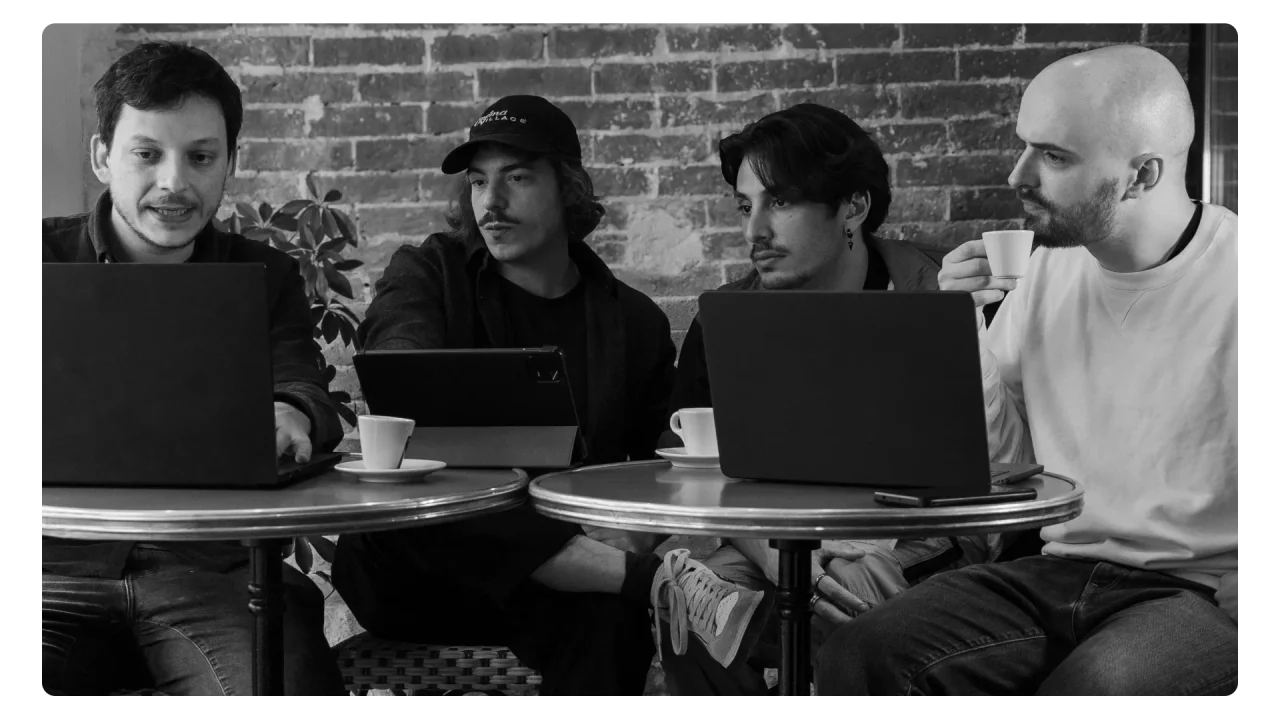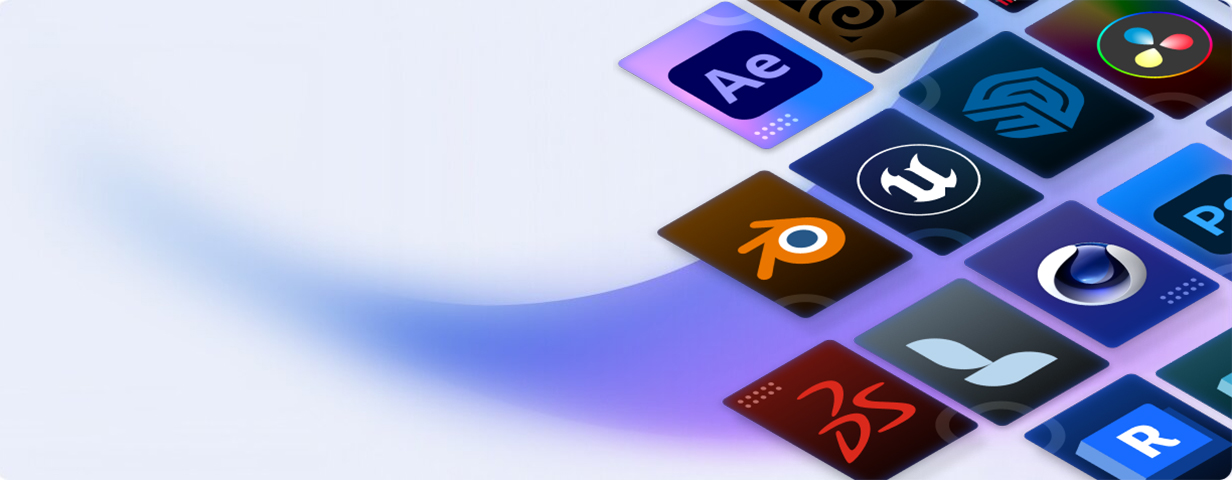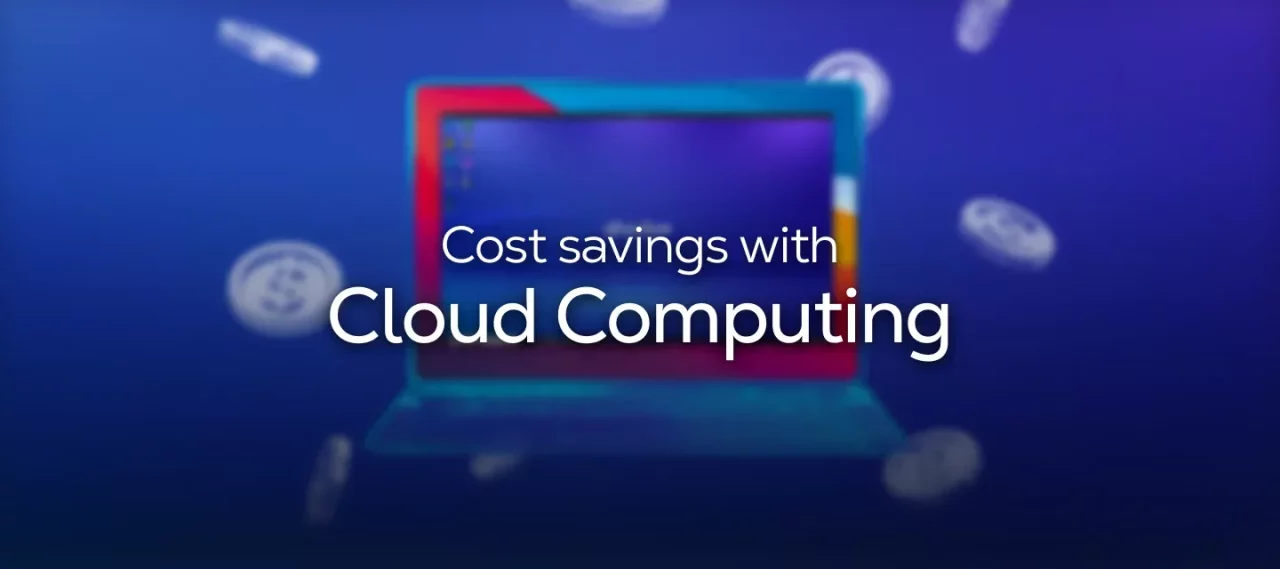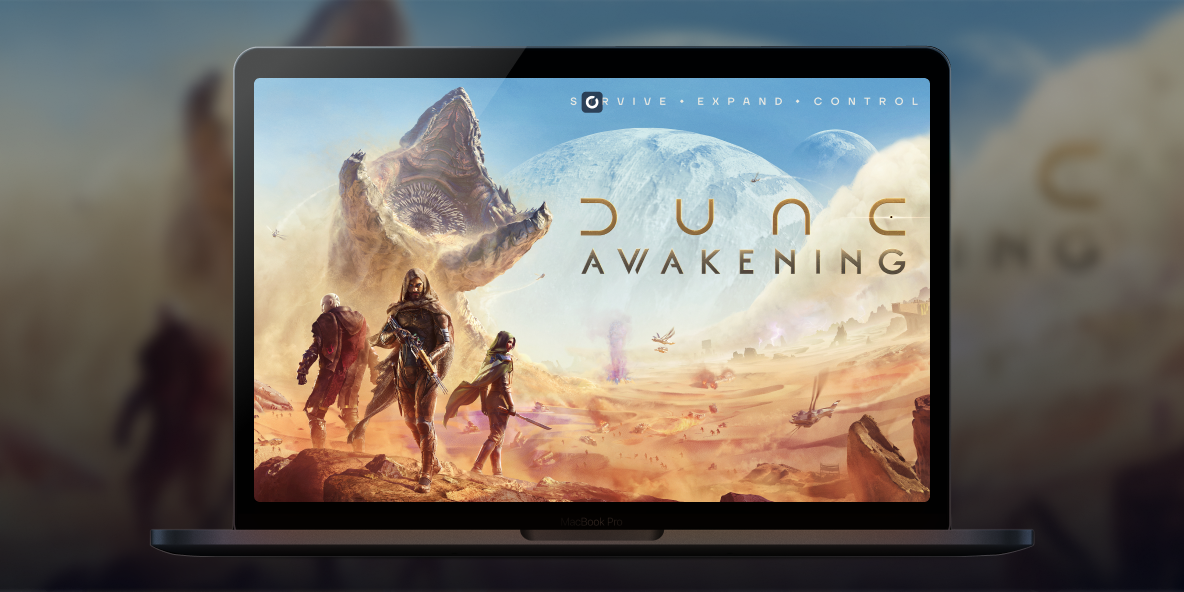
AI: content creation and cloud, a perfect match?
The power of today's GPUs allows cloud machines to offer unprecedented flexibility for collaborative work, as well as a valuable guarantee: the protection of intellectual property.
Generative AI is already a seismic force across many industries, becoming a part of everyday life in tools like Microsoft CoPilot and creative workflows. The catch is that our control over these AI ranges from minimal regarding settings to non-existent when it comes to knowing what happens to our data. This uncertainty about data handling in creative applications is a major concern for professionals.
Nino Le Chenadec, a director and artistic director, is one of the craftsmen of AI-assisted creation, recently producing a music video for the famous band Magma with AI. Far from accepting to work with opaque systems, he decided to take control of the AIs. “Most 'AI artists' are enthusiasts of polished prompts for MidJourney. But let’s be serious: I refuse to use Discord channels without guarantees on my clients’ intellectual property. By using these systems, we make the machines and AIs of others work for others. Unlike MidJourney, we work on local servers, making data leaks impossible. Moreover, MidJourney uses the images generated by users to feed its database. It is very important for our collaborators to maintain total control over their data.”
For this professional working with major luxury brands, it’s impossible to let a third-party system handle product packshots and risk information leaks. Yet, he still needs an ultra-powerful PC. “In my setup, our workflow is 100% Mac, like many creatives. But as performant as Apple’s latest machines are, for AI, what you need is a PC with a high-end Nvidia graphics card that supports CUDA,” he explains.
Working in video production, the two reflexes one might imagine are buying or renting a high-end machine. Both scenarios are directly dismissed by Nino Le Chenadec: “Renting is very expensive, far too expensive! For Magma, we had planned five months of post-production, which rental companies were billing us 15,000 euros for. As for buying, since my team is dispersed and we all need a super machine in turn, it wouldn’t be practical,” explains the professional. He found the perfect tools in Shadow solutions, combining power, flexibility, and security.
The (Numerous) Advantages of Cloud Machines
For his team’s work, Nino Le Chenadec permanently rents two Shadow PC configurations. “We have a Shadow PC Power from the gaming offer that we use for prototyping. And an Expert machine from the Enterprise offer which is our production PC,” he details.

Two PCs with Nvidia GPUs allow him to run his AIs locally: “I work with developers who create API calls in Python. My team and I use local versions of Stable Diffusion, retrained checkpoints on our models, and LoRA, small highly personalized and customizable models. I want to be in control of image production.” He controls the choice of LoRA, the prompts, and the use of images. “My clients' content never leaves our Shadow PC machines. No generative AI on remote servers uses them, so there is no risk of data leaks or intellectual property theft.”
These precautions are all the more necessary since the production process generates numerous iterations to meet the quality demands of his clients. “It can take generating up to 1,000 images to deliver 50,” assures the creative. “And since we work as a team, we can share the machine remotely in a completely transparent manner.”
Besides the power needed for initial image generation, the powerful Quadro RTX 6000 et leur 48 Go de RAM is also used for image scaling. “The initial most defined renders slightly upscaled are only 1536 pixels wide. But we deliver images up to 17K to our clients. So, we use the GPU again for upscale models like Real-ESRGAN. Once again, the model runs locally on the machine, with no risk of leaks,” he notes proudly. He has many more reasons to praise these cloud machines.

Flexible and Unconstrained Power
Sometimes, a demonstration is worth a thousand words, as Nino Le Chenadec explains. “When I’m in a meeting, I use the iPadOS application of ShadowPC to control my machine remotely. In an hour-long meeting, we write prompts, review the final results together. Involving the client this way always convinces them by the end,” he boasts. Adding that “it would be totally impossible with a physical machine. I can’t imagine showing up at a client’s place with my huge 15kg tower and a monitor!”
Another advantage over a physical machine: no maintenance. “While I know how to assemble a PC or change a power supply, every problem avoided represents a productivity gain for me. With Shadow, if there’s a hardware issue PC, I won’t even notice it,” concludes the artist.

Find out more about their Instagram

Shadow PC I Pro
Launch Shadow PC & install your preferred softwares.
Use your software without constraint.


